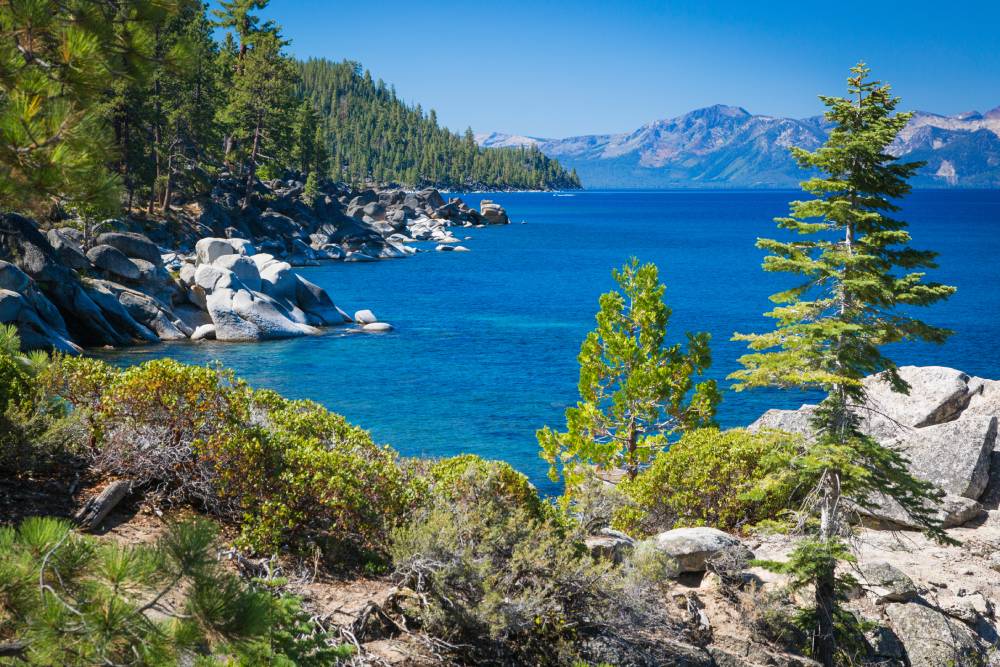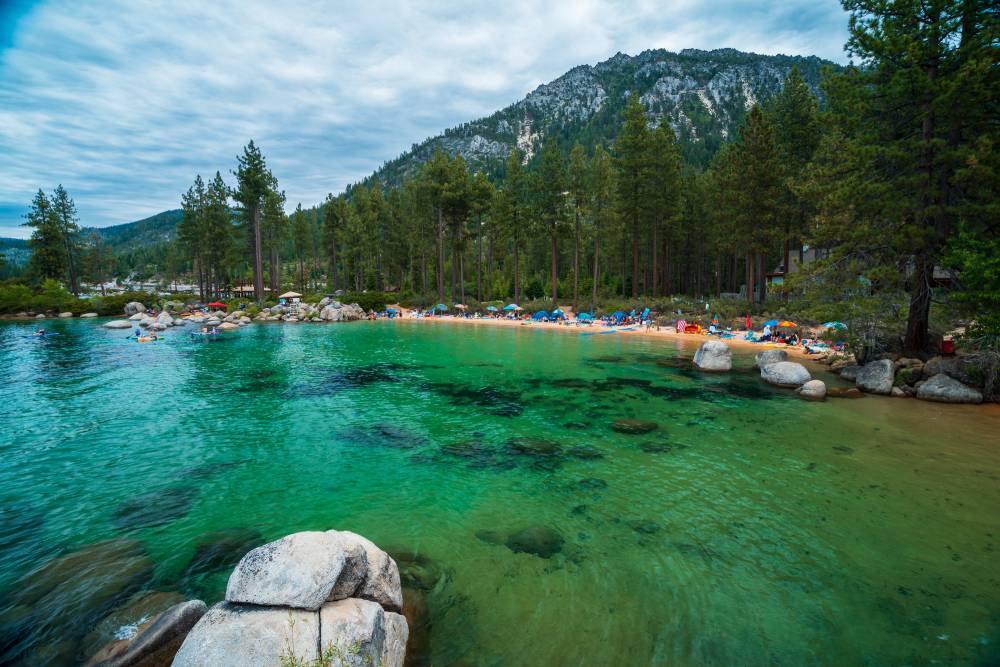
Lake Tahoe Clarity is the Best It’s Been in Decades, New Report Finds
A lake’s clarity is indicative of its health, and Lake Tahoe’s has experienced declines since the 1960s. New measurements show it’s getting better, though, with last year’s clarity about 10 feet deeper than in 2021.
The UC Davis Tahoe Environmental Research Center (TERC) recently released the Lake Tahoe Clarity Report 2022, which showed the lake’s annual average for the year was 71.7 feet, up more than 10 feet from the year before, when it averaged 61 feet. The 2022 figure was helped substantially by the average from August through December, which was 80.6 feet.

The researchers say this later year uptick is due in large part to an increased population of zooplankton called Daphnia and Bosmina. They consume particles of the size range that most impact lake clarity, particularly the phytoplankton Cyclotella, a single-celled alga that has been negatively impacting clarity in recent years.
Geoffrey Schladow, TERC director, says, “Daphnia and Bosmina largely disappeared from the lake after they were grazed down following the introduction of the Mysis shrimp in the 1960s. In late 2021, the Mysis population unexpectedly crashed, and it took 12 months for the Daphnia and Bosmina to build up their numbers and start their natural cleansing.”
In addition to the concentration of particles in a particular size range, other factors that can impact lake clarity on a yearly basis are the amount of runoff, the warming of the lake surface, and the depth to which the lake mixed in the prior winter. However, the report states that the large year-over-year difference in clarity can only be attributed to the boosted numbers of the zooplankton.

The team anticipates clarity improvement will continue through 2023, which is significant, as last year’s levels were the best they’d been since the 1980s. The expectation is that Daphnia and Bosmina numbers will grow throughout the year, possibly returning to levels seen in the 1970s. However, the zooplankton prevalence will likely begin to go down as Mysis shrimp populations rebound and they eat the zooplankton.
Schladow explains, “Future management actions should explicitly look at incorporating ways of controlling the Mysis population. We have a brief window of time to monitor the lake in the absence of Mysis and then track the impacts of their return on lake clarity.”
As the scientists continue to monitor zooplankton within the lake, they’ll also be looking at impacts to fish, like the Kokanee salmon, which are expected to be larger this year because Daphnia is one of their favorite foods.
There are other continuing efforts to improve water clarity, which is measured by lowering a 10-inch white disk called a Secchi disk into the water and seeing how long it remains visible. These efforts include working to keep fine particles and nutrients out of the lake through road maintenance and erosion control. Water management agencies say this work has stopped more than 500,000 pounds of fine sediment and other pollutants impacting clarity from getting into the lake.

If you’d like to see whole report, click here.